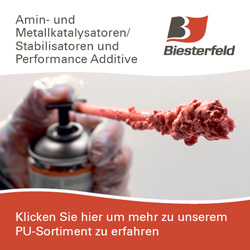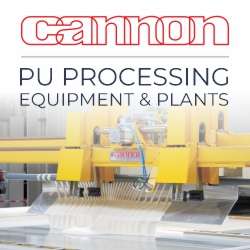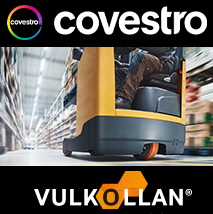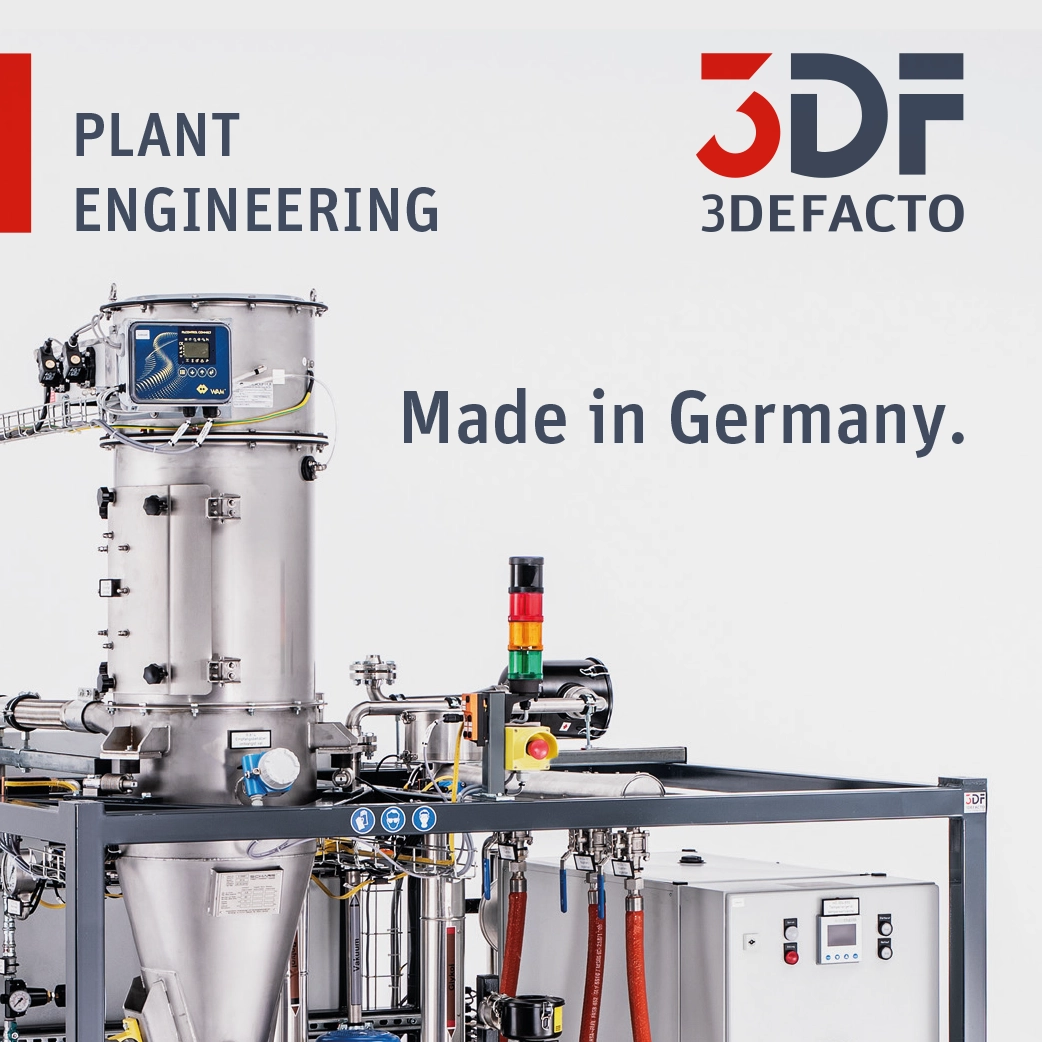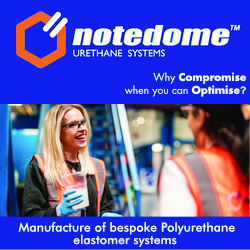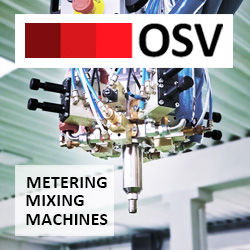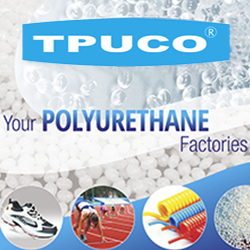This fast, eco-friendly technology produces automotive parts with reduced VOCs and CO₂ emissions, eliminating post-curing. It replaces traditional painting and hard-coating methods, streamlining exterior and lighting component manufacturing.
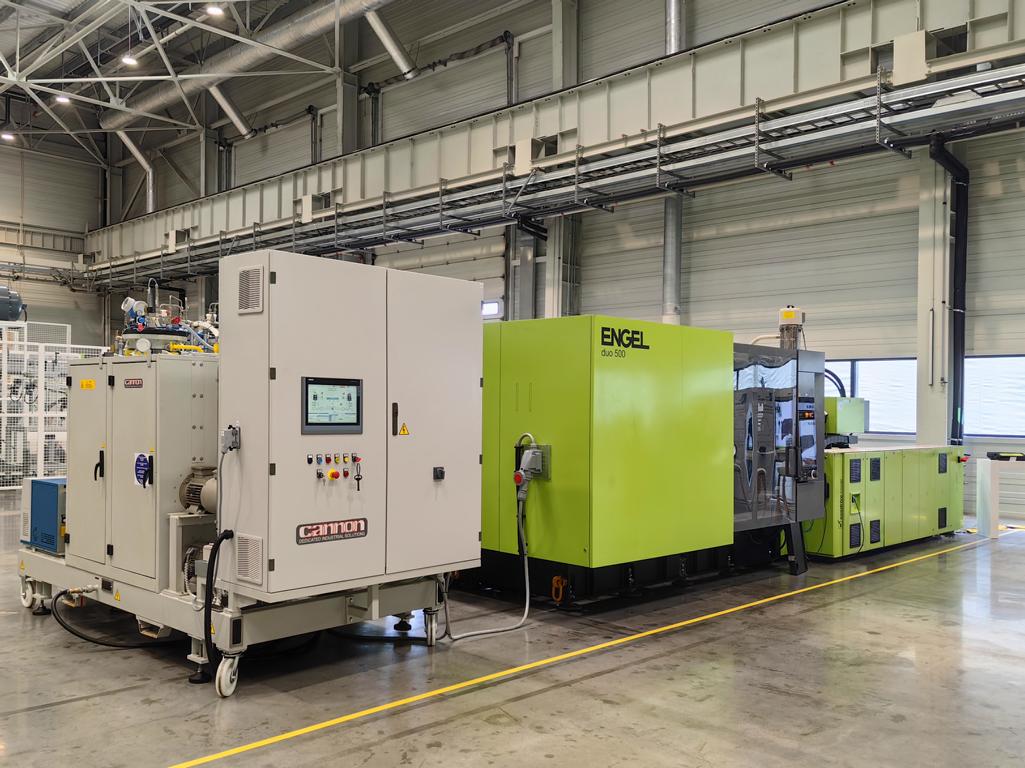
At K 2025, CANNON and ENGEL will introduce their joint surface coating technology process which will revolutionize the way automotive exterior components are manufactured and assembled. This innovative process merges molding thermoplastic parts with a polyurethane (PUR) coating into a single operation directly inside the mold. This streamlines manufacturing by eliminating the entire post-production step of painting and polishing, thereby improving efficiency and cost savings.
CANNON and ENGEL will demonstrate this technology in Hall 15, Booth B42 & C58 by producinga PMMA rear light concept with a PUR surface coating coupled with an aesthetic film layer over the LED lighting system.
This innovative surface coating technology combines a CANNON A-Compact 10 HT PUR dosing unit, Chromafeed CCS HT color dosing unit, and LN /3 mixing head with an ENGEL injection molding machine, together with ancillary units for automatic production, as well as software and Human-Machine Interface (HMI) to control both the thermoplastic molding and PUR coating processes.
“PUR surface coating has been in use for years to produce aesthetic automotive interior parts, such as dashboard trimming,” said Stefano Andreolli, Sales & Marketing Manager, CANNON Afros. “Today, thanks to the evolution of chemicals and processes, this technology can now also be applied to many exterior components. The CANNON and ENGEL partnership aims to provide automotive and appliances manufacturers with complete production plants, whereby customers can benefit from a worldwide network of well-trained and experienced technicians and engineers in both thermoplastic and polyurethane technologies, supporting those who are new to the technology and processes in taking their first steps toward a successful and efficient production.”
The CANNON PUR In-Mold- Coating (IMC) mixing heads are purposely designed to fit perfectly in the limited spaces available in the mold. The PUR mixing heads are available in a wide range of sizes to match any requirement in terms of flow rate and ratio and can be provided with remote control of injectors for easy automatic adjustment through the HMI of the plant.
In-mold PUR surface coating has several advantages compared to traditional technologies for manufacturing automotive exterior parts and lighting systems. On exterior surfaces, such as front ends, hoods, door panels and roofs, it replaces traditional painting, providing a more sustainable and energy-efficient way of manufacturing, reducing Volatile Organic Compounds (VOCs) emissions by 99% and CO2 emissions by 60%. In addition, the PUR surface coating process is up to 4 times faster and more efficient than subsequent painting.
Functionally, the PUR coating is UV-stable and self-healing, offering reliable protection from scratches and damage—particularly useful for components integrating ADAS sensors such as cameras, LIDAR, and radar. The process supports both transparent and colored finishes, and allows for the inclusion of decorative or functional films during molding, offering great design flexibility.
Additionally, thanks to CANNON technology, color changes can be made directly at the mixing head within minutes, minimizing downtime and increasing production agility.
In automotive lighting, the PUR surface coating replaces the hard coating process for polycarbonate, which requires several steps: preparation and pre-treatment of polycarbonate, coating, flash-off (during which VOCs are generated), and curing. Overall, this hard coating process typically takes 10 to 15 minutes, while the PUR surface coating only takes approx 2 minutes. When the part is released from the mold, it is nearly ready for assembly with minimal post-curing in energy-consuming ovens.
Additional advantages of in-mold PUR coating are:
- Class-A surfaces for automotive interior and exterior parts
- PUR surface coating is a repeatable and robust process
- PUR RIM coating is self-healing and UV-stable, protecting exterior and interior parts from scratches and minor damage. This is particularly relevant to on-board safety devices, such as cameras, LIDAR, radar and other sensors
- PUR surface coating can be transparent or colored
- It offers maximum design freedom, thanks to the possibility of using decorative or functional films between the thermoplastic part and the PUR layer in the mold
- Colors can be changed directly at the mixing head within minutes, minimizing downtime.

